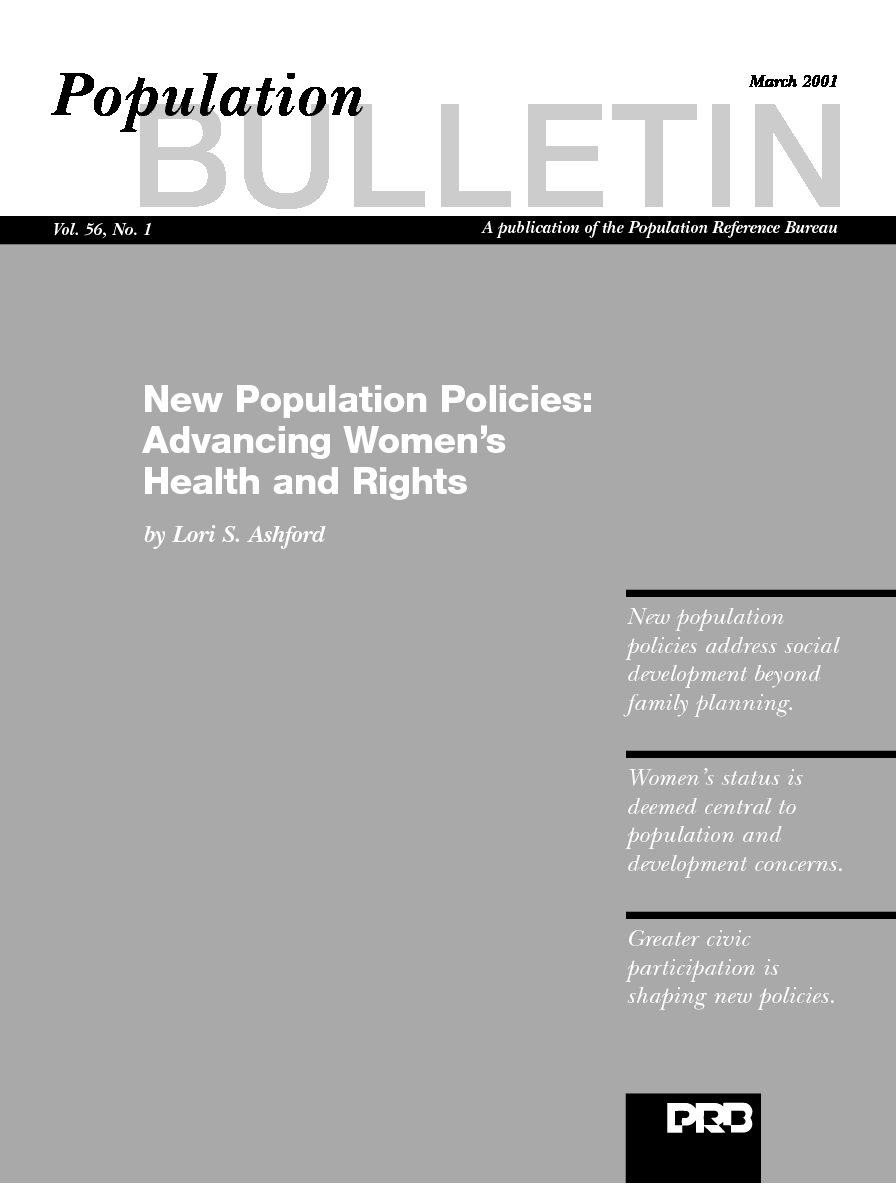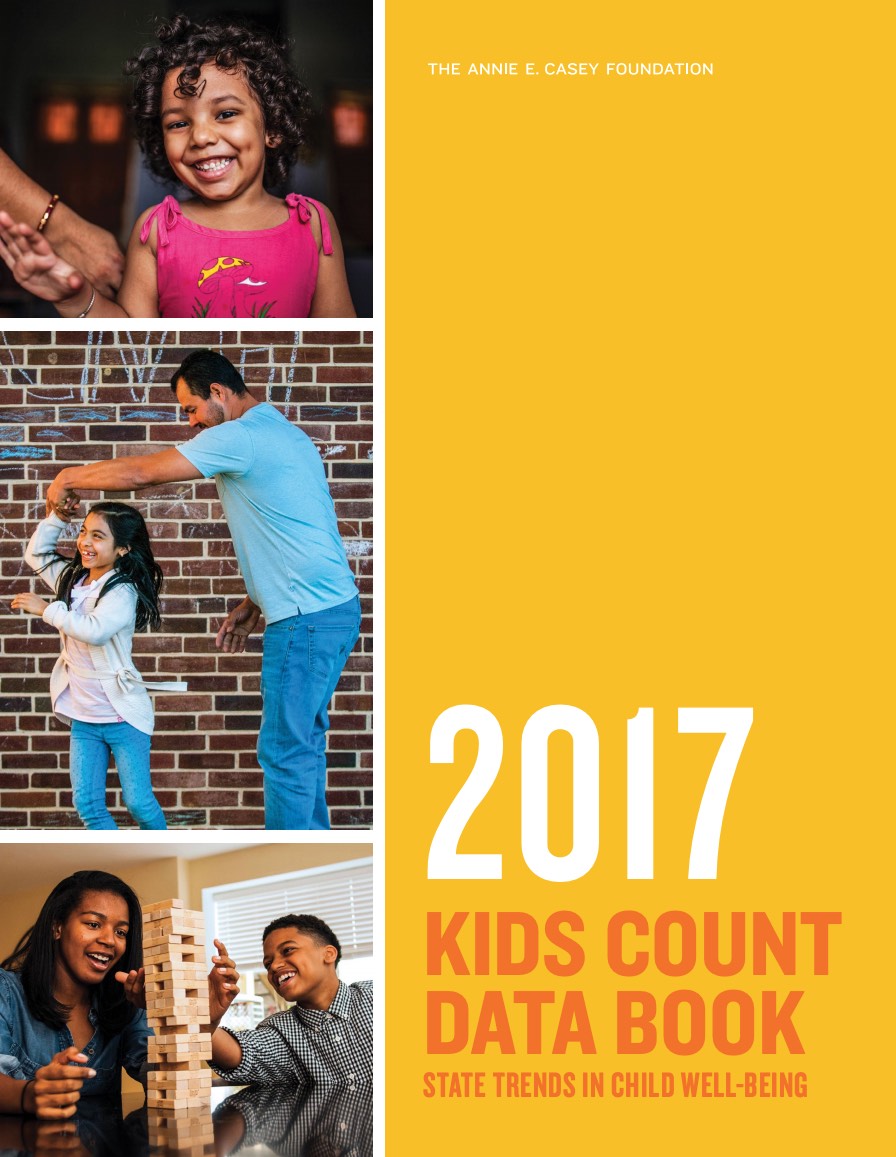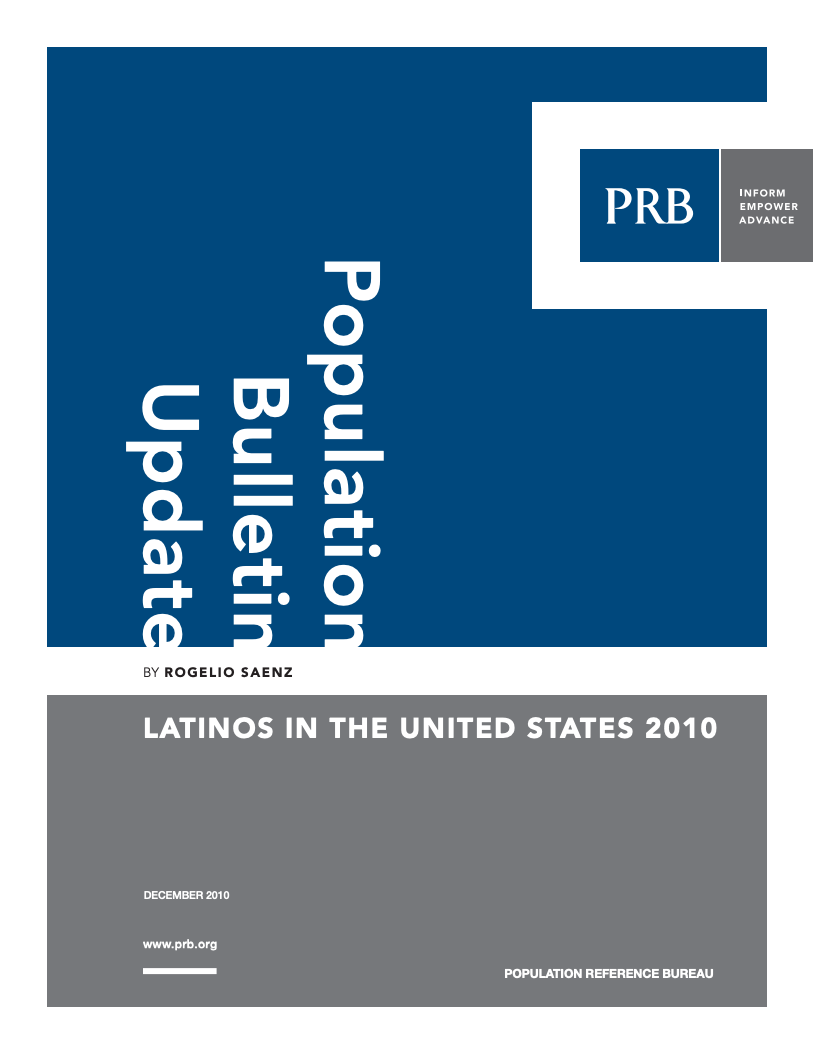930 Search Results Found For : "Low-priced medicines https://simplemedrx.top""
PRB Discuss Online: Are the News Media Holding Governments Accountable on Promises to Improve Public Health?
(2010) Perhaps the greatest satisfaction for a journalist is to see one's reporting produce positive change. Journalists are the link between policymakers and the public, and their role as watchdog is to monitor the actions of government and hold those in charge accountable.

New Population Policies: Advancing Women’s Health and Rights
Study Finds U.S. Manufactured-Home Owners Face ‘Quasi-Homelessness’
(October 2004) Rising housing costs in rural America have put homeownership beyond the reach of many working-poor families. Owning a manufactured home (often also known as a "mobile home") in a rural trailer park is often touted to these families as an affordable "next best thing"—and a step toward conventional homeownership.

Project: KIDS COUNT
2017 KIDS COUNT Data Book: How Are Children Faring?
(2017) The KIDS COUNT Data Book—now in its 28th year—provides an up-to-date and detailed picture of how children are faring in the United States, nationally and in each state.

The Dynamics of Latino Population Growth
(2010) Latinos are increasingly shaping the demographic makeup of the United States.

Five Generations at Work: A PRB Book Talk Q&A With Author Patrick Dunne
In the book Five Generations at Work: How We Win Together, for Good, authors Patrick Dunne and Rebecca Robins describe how we’re living in a time of unprecedented demographic change, where five generations work alongside each other in an ideologically and politically fractured environment.
In U.S., a Sharp Increase in Young Men Living at Home
(2011) More young adults—especially men—are delaying marriage and staying in their parents' homes, according to new data from the U.S. Census Bureau. Between 2007 and 2011, the number of young adults living at home rose from 4.7 million to 5.9 million—contributing to an increase in "doubled-up" households since the onset of the recession.1
Older Zambian Women’s Reproductive Health Often Overlooked
(2013) In Zambia, girls often start childbearing before they are 18 years old, and many women end childbearing after the age of 35 (see Figure 1).1 This long period of childbearing contributes to Zambia's high total fertility rate, or average number of children per woman, which at 6.2 is one of the highest in sub-Saharan Africa.


